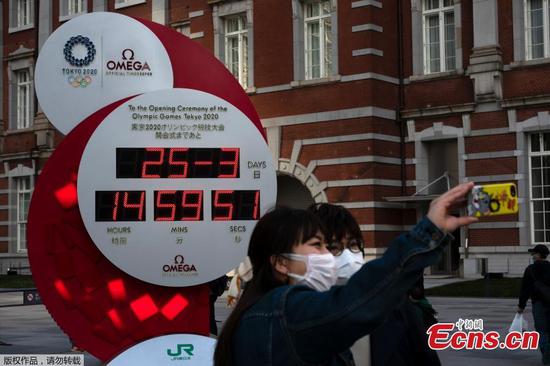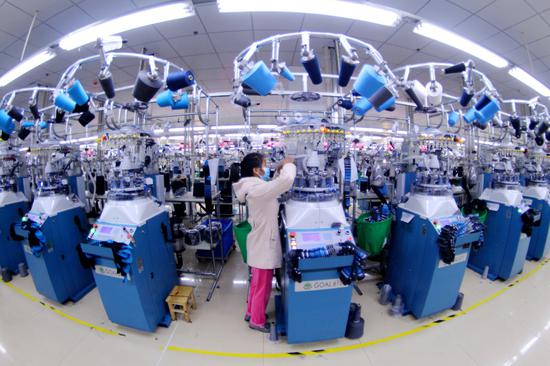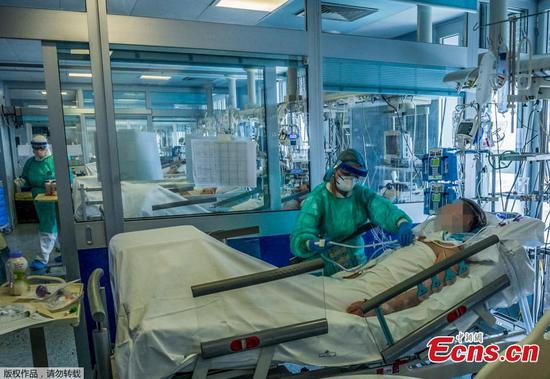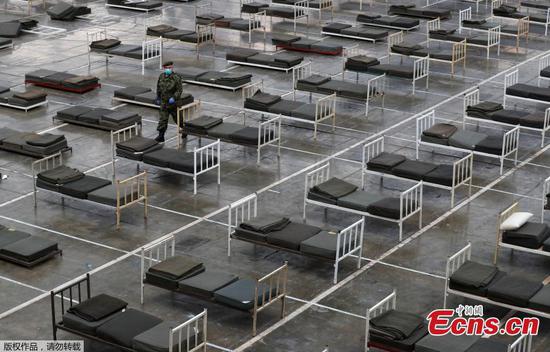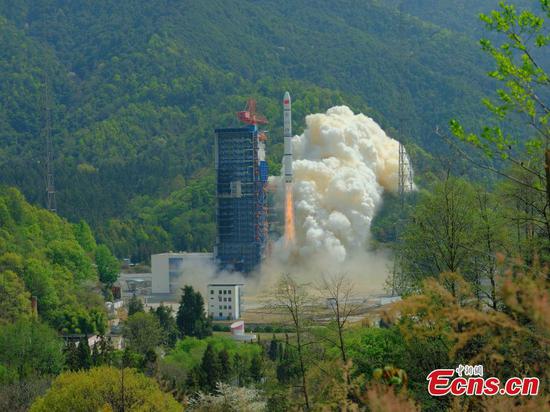The U.S. Senate and White House on Wednesday agreed to a landmark stimulus bill, in a bid to rescue the economy from absolute calamity amid the coronavirus panic. But economists said the United States will still see a steep but short-lived contraction.
The bipartisan bill will "rush new resources onto the front lines of our nation's healthcare fight" and "inject trillions of dollars of cash into the economy as fast as possible," Senate Majority Leader Mitch McConnell said Wednesday.
The bill will allocate 500 billion U.S. dollars in subsidized loans to large industries including airlines, as well as send out checks to millions of Americans in an effort to prevent families from sinking into bankruptcy. The bill will also expand unemployment benefits and include a program worth 367 billion dollars to help small businesses make payroll, U.S. media reported.
Amid rising fears over the spread of coronavirus, recent days and weeks have seen U.S. markets take a nose dive that reversed all of the unprecedented gains since the election of U.S. President Donald Trump. A major chunk of the economy has simply shut down, with millions of Americans staying home from work. Restaurants, coffee shops and office buildings are empty.
While it is expected to bounce back after 6 months or so, experts warn that the economy will soon experience a short but very intense drop not seen in decades.
James Bullard, president of the St. Louis Federal Reserve Bank, told U.S. media that unemployment could rise sharply to 30 percent and gross domestic product (GDP) could drop by 50 percent next quarter, amid the shutdown of a large portion of the U.S. economy.
Wells Fargo Economic Group, in its updated Economic Outlook released Wednesday, forecast that the coming drop will be the "deepest peak-to-trough decline in real GDP in the post-World War II era."
"We are now facing the largest decline in U.S. and global GDP in the post-war period," Desmond Lachman, a resident fellow at the American Enterprise Institute, told Xinhua.
"There can be no question that massive U.S. monetary and fiscal policy measures were needed to prevent a coronavirus-induced downward spiral in the U.S. and global economies," he said.
But on the bright side, Wells Fargo's report noted the U.S. Federal Reserve's measures to keep credit flowing to businesses and households "should cushion some of the blow to the economy."
Assuming that the virus does not come roaring back again this autumn, then the economy should begin to recover later this year, although the situation remains fluid, the report said.
The Trump fiscal stimulus package should be more effective than the stimulus of former U.S. President Barack Obama, which was implemented as a response to the 2007-2008 economic crash, Lachman contended.
The current plan is designed in a way that would get a large portion into the hands of those most likely to spend it, by mailing them a check. It should also help in limiting the wave of bankruptcies by having set aside a large amount of money for corporate support, Lachman added.
Brookings Institution Senior Fellow Barry Bosworth told Xinhua that in the short run, the stimulus will not make a great difference to the GDP figure, "but it can relieve some personal suffering and ensure that there is not a major liquidity crisis."
"The fiscal program has a structure that most economists would favor, but the aggregate economic effect will have to wait for the 3rd quarter when the worst of the health crisis will hopefully be past," Bosworth said.










